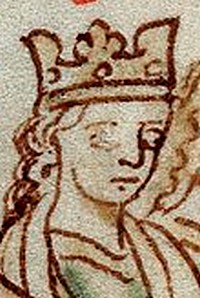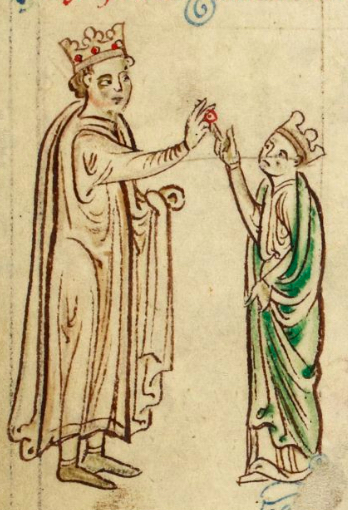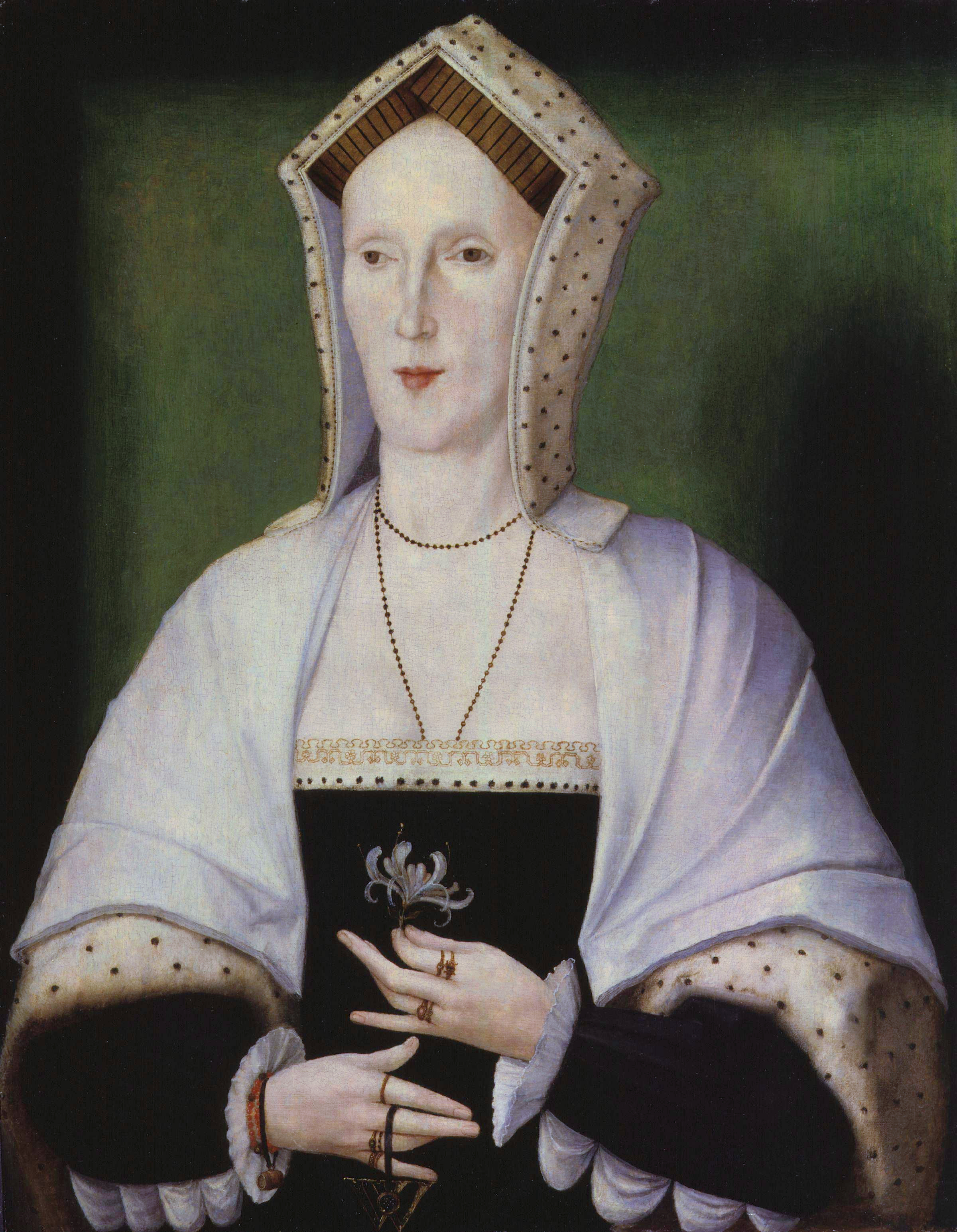by Susan Flantzer
© Unofficial Royalty 2014
Andrew Albert Christian Edward was born on February 19, 1960, at Buckingham Palace in London, England. He is the third of the four children of Queen Elizabeth II of the United Kingdom and Prince Philip, Duke of Edinburgh (born a Prince of Greece and Denmark). At the time of his birth, Andrew’s mother had been Queen for eight years and he was styled His Royal Highness The Prince Andrew.
On April 8, 1960, Andrew was baptized in the Music Room at Buckingham Palace. The infant prince was wide awake throughout the ceremony and “let out two lusty yells” according to the UPI article about the christening. Andrew was named after his paternal grandfather, Prince Andrew of Greece, who died in 1944. His godparents were:
- Prince Henry, Duke of Gloucester (his maternal great-uncle)
- Princess Alexandra of Kent (his mother’s paternal first cousin)
- Hugh FitzRoy, Earl of Euston, later the 11th Duke of Grafton
- John Elphinstone, 17th Lord Elphinstone (his mother’s maternal first cousin)
- Mrs. Harold Phillips (a friend of Queen Elizabeth)

Andrew on his christening day with his parents and his elder brother Charles and elder sister Anne; Photo Credit – daysofmajesty.blogspot.com
Andrew has three siblings:
- King Charles III of the United Kingdom (born 1948), married (1) Lady Diana Spencer, daughter of John Spencer, 8th Earl Spencer, had two sons, divorced (2) Camilla Shand Parker-Bowles, no children
- Princess Anne, The Princess Royal (born 1950), married (1) Mark Philipps, had one son and one daughter, divorced (2) Timothy Laurence, no children
- Prince Edward, The Duke of Edinburgh (born 1964), married Sophie Rhys-Jones, had one daughter and one son

Andrew, standing in the back, with his family at Balmoral Castle in 1972; Photo Credit – www.windsorstar.com
Like his elder brother and sister, Andrew began his education with a governess at Buckingham Palace. Andrew began to attend Heatherdown School in Winkfield, Berkshire, England when he was eight years old. In 1973, when he was 13, Andrew moved on to Gordonstoun School in Moray, Scotland, which his father and elder brother had also attended. From January to June 1977, Andrew participated in an exchange program and attended Lakefield College School in Lakefield, Ontario, Canada. Andrew graduated from Gordonstoun School in 1979.
In September 1979, Andrew was appointed a Midshipman and entered Britannia Royal Naval College Dartmouth. Andrew also completed the Royal Marines All Arms Commando Course. He then took his flight training and was certified as a pilot for the Gazelle helicopter and the Sea King helicopter. Andrew then joined the 820 Naval Air Squadron serving aboard the aircraft carrier HMS Invincible.
Andrew served on the HMS Invincible during the Falklands War. The British government wanted Andrew assigned to a desk job for the duration of the war, but Queen Elizabeth II insisted that Andrew be allowed to stay with the ship. Andrew continued to serve in the Royal Navy until his retirement in July 2001.
Prince Andrew’s Naval Ranks:
- 1979–1981: Midshipman
- 1981–1984: Sub Lieutenant
- 1984–1993: Lieutenant
- 1993–1999: Lieutenant Commander
- 1999–2005: Commander
- 2005–2010: Honorary Captain
- 2010: Honorary Rear Admiral
In 1985, Andrew became romantically involved with Sarah Ferguson. Sarah’s father, Major Ronald Ferguson, was the polo manager for the Duke of Edinburgh and the Prince of Wales, so Andrew and Sarah had first met as children. On February 19, 1986, Andrew’s birthday, at the Scottish home of the Duke and Duchess of Roxburghe, where their romance first started, Andrew proposed to Sarah. Their engagement was announced on March 17, 1986. The couple married at Westminster Abbey on July 23, 1986. On his wedding day, Andrew was created Duke of York, the traditional title of the monarch’s second son, with the subsidiary titles, Earl of Inverness, and Baron Killyleagh. These titles were also held by his maternal grandfather King George VI and his maternal great-grandfather King George V both second sons of monarchs.
Andrew and Sarah appeared to have a happy marriage, producing two daughters.
-
- Princess Beatrice, Mrs. Edoardo Mapelli Mozzi (born August 8, 1988), married Edoardo Mapelli Mozzi, had two daughters
- Princess Eugenie, Mrs. Jack Brooksbank (born March 23, 1990), married Jack Brooksbank, had two sons
However, it was reported that Andrew’s obligations as a naval helicopter pilot and the negative attention Sarah received from the media contributed to the couple’s estrangement. Andrew and Sarah announced their separation on March 19, 1992, and divorced on May 30, 1996. The Duke of York and Sarah, Duchess of York (her style upon her divorce) are on amicable terms with each other and are both devoted parents to their daughters.
Before the announcements of November 2019 (see below), Andrew carried out engagements in support of The Queen in the United Kingdom and overseas. He also worked to recognize the importance of service and the voluntary sector, supporting and acting as Patron of several charitable organizations.
In March 2011, it was reported that Andrew had had a friendship with Jeffrey Epstein, an American financier and convicted sex offender. Andrew stated in July 2011 that he had cut all ties with Epstein. In January 2015, a woman made allegations of sexual impropriety against Andrew claiming that he, among other men, had sex with her while she was a teenager and that she had been paid a substantial sum of money for her services by Epstein. In July 2019, additional charges were brought against Epstein, charging him with sex trafficking and conspiracy to traffic minors for sex. Epstein died by suicide while being held in jail for those charges on August 10, 2019.
In August 2019, court documents associated with a defamation case revealed that a second woman, gave evidence alleging sexual impropriety against Andrew while she was underage. Andrew released a statement: “At no stage during the limited time I spent with [Epstein] did I see, witness or suspect any behavior of the sort that subsequently led to his arrest and conviction.” Andrew expressed regret for meeting Epstein in 2010 after he had already pleaded guilty to sex crimes for the first time.
On November 16, 2019, an interview with Andrew aired on the BBC. His relationship with Epstein and the allegations of his sexual impropriety were discussed. The interview received negative reactions from both the media and the public, both in and outside the United Kingdom. It was described as the worst public relations crisis for the royal family since the death of Diana, Princess of Wales.
On November 20, 2019, a statement from Buckingham Palace announced that Andrew was suspending his public duties “for the foreseeable future” and that he sympathized with Epstein’s victims. However, the backlash from the interview continued. Many companies and organizations associated with Andrew were cutting off their relationships with him. On November 24, 2019, Buckingham Palace confirmed that Andrew would step down from all 230 of his patronages.
On August 9, 2021, Virginia Roberts Giuffre, one of the women who alleged that she was sex trafficked by Jeffrey Epstein and that she was sexually assaulted by Prince Andrew in London, New York, and the US Virgin Islands when she was underage, filed a civil lawsuit for monetary damages against Andrew. The lawsuit, filed in New York State under the state’s Child Victims Act, accuses Andrew of “sexual assault and intentional infliction of emotional distress.” Virginia Roberts Giuffre alleges that Andrew engaged in sexual acts without her consent, knowing how old she was and that she was a sex-trafficking victim.
On January 12, 2020, Judge Lewis Kaplan of the United States District Court for the Southern District of New York ruled against a motion by Andrew’s legal team to dismiss the civil lawsuit brought against him by Virginia Giuffre.
On January 13, 2020, Buckingham Palace released the following statement:
With The Queen’s approval and agreement, The Duke of York’s military affiliations and Royal patronages have been returned to The Queen. The Duke of York will continue not to undertake any public duties and is defending this case as a private citizen.
The BBC article stated: “All Prince Andrew’s roles have been returned to the Queen with immediate effect, and will be redistributed to other members of the Royal Family, a Royal Source said. He will stop using the title ‘His Royal Highness’ in any official capacity.”
On February 15, 2022, it was announced in a joint statement that both parties in the Virginia Giuffre lawsuit had reached an out-of-court settlement, which included Prince Andrew making a substantial donation to Virginia Giuffre’s charity. Virginia Giuffre’s lawyers said that the settlement does not shelter Prince Andrew from any criminal liability that would otherwise exist and that Virginia Giuffre did not sign a non-disclosure agreement.
This article is the intellectual property of Unofficial Royalty and is NOT TO BE COPIED, EDITED, OR POSTED IN ANY FORM ON ANOTHER WEBSITE under any circumstances. It is permissible to use a link that directs to Unofficial Royalty.





















































